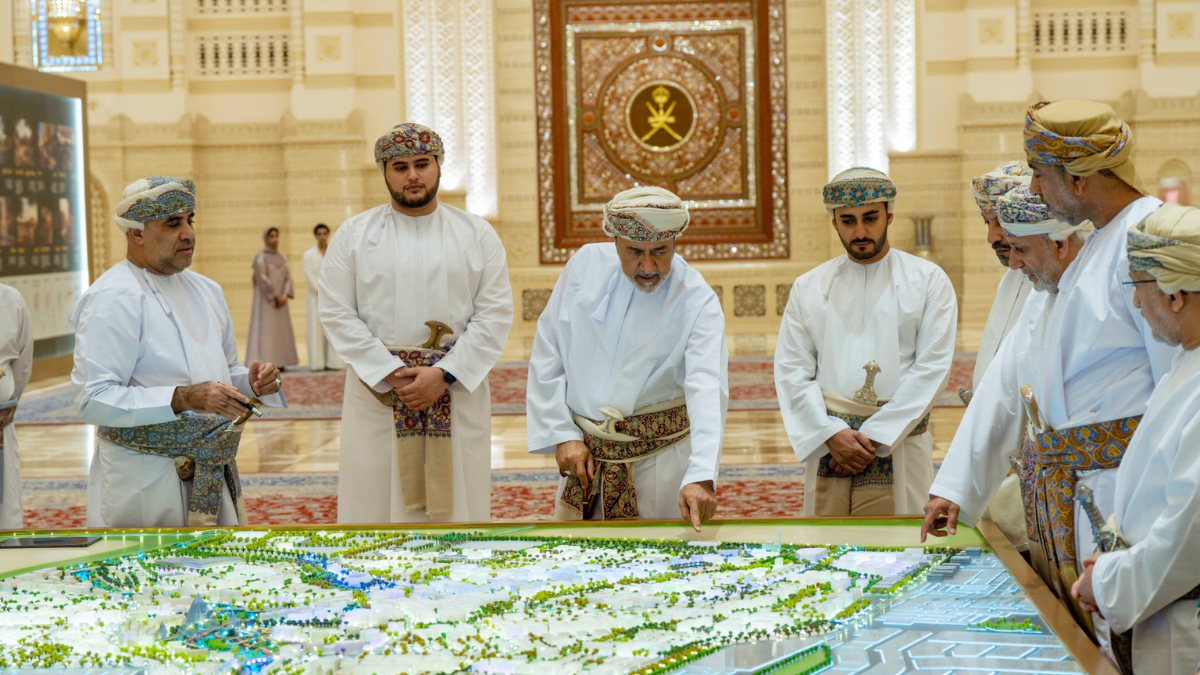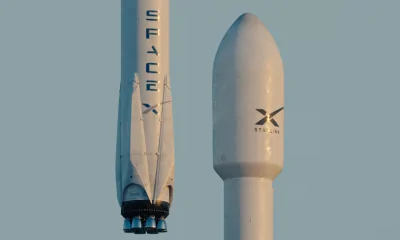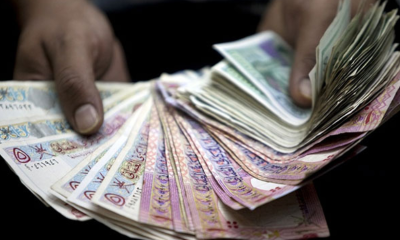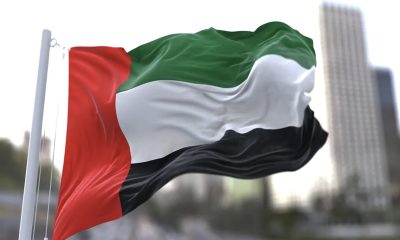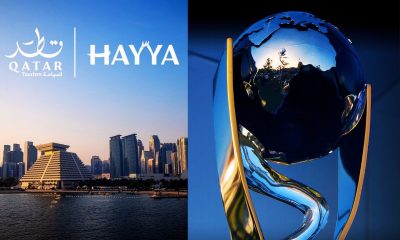Oman has a strong record on environmental protection. But now it appears the sultanate is redoubling its commitment to renewable energy and innovation with an eco-friendly smart city near the capital Muscat under the name ‘Sultan Haitham City’.
CNN reported on the project on August 17, citing a plan drawn up by the American architectural firm Skidmore, Owings, and Merill, also known as ‘SOM’. It’s the same firm behind the tallest building in the world – the Burj Khalifa in Dubai.
Sultan Haitham City will house 100,000 people in 20,000 houses spread over 14.8 square kilometres and 19 neighbourhoods, according to the SOM document. It will incorporate water recycling and solar power as well as electric vehicles and waste-to-energy plants.
The plan promises sustainability and a minimal ecological footprint. While the initial stage of development could take until the end of the decade, 2045 could mark the completion of the project. But SOM offers little detail on the city’s energy consumption covered by renewables.
Comparing Sultan Haitham City With Saudi Arabia’s Neom And UAE’s Masdar City
Saudi Arabia announced plans for its better-known smart city, Neom, six years ago. The massive project worth $500 billion will house 9 million people and derive all its electricity from renewables. While it’s hoped to wrap up its first phase by 2025, it has been running into delays.
Meanwhile, the United Arab Emirates has also been working on converting Abu Dhabi and Dubai into smart cities with projects such as Masdar City, which the country calls “the first attempt in the Middle East to build a sustainable city.”
This year, Abu Dhabi ranked the highest in the Middle East and North Africa in the International Institute for Management Development’s annual “Smart City Index” report. Except for Dubai, no other city in MENA entered the top 20. Muscat ranked 96th and Riyadh in Saudi Arabia at 30th.
Also Read : Searching For The Best Private Beaches In Jeddah? We’ve Got You Covered
This disparity has got to do a lot with Oman’s petroleum reservoirs. Compared to Saudi Arabia and the UAE, Oman has fewer resources, meaning less money and possibility of exhausting supply sooner. The country’s attempt to escape the resource curse is, therefore, more urgent.
